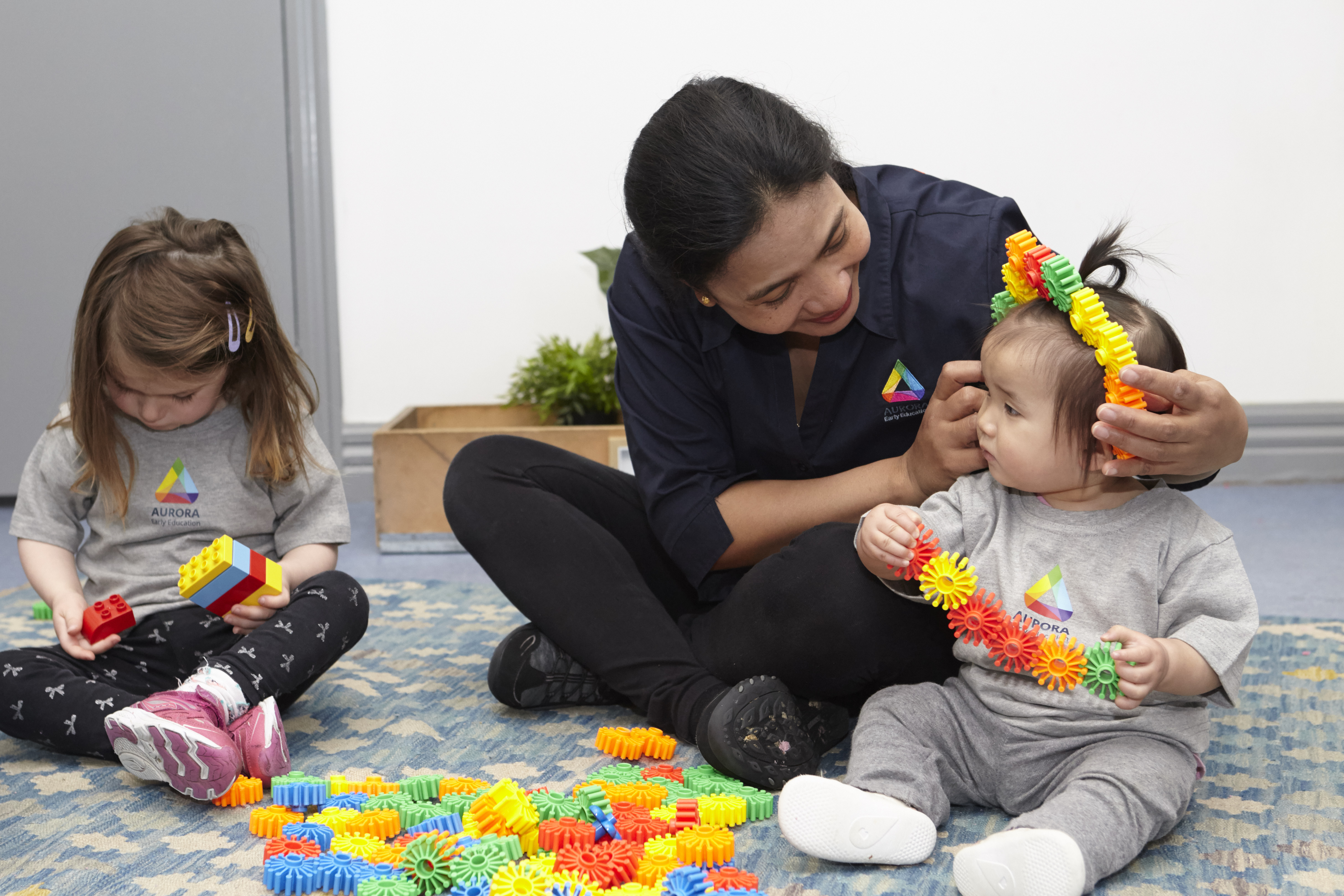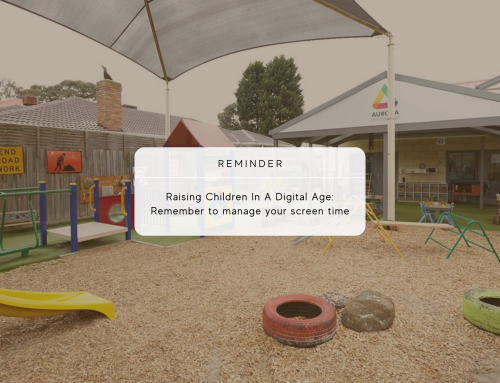Many years ago, Dr Maria Montessori,a pedagogist was carefully observing young students in her classroom. As she watched them play and engage with the world around them and studied early childhood education theories from the last 200 years, she began to develop her own child-centered approach to education. She saw that children were eager to learn in environments that were carefully and thoughtfully prepared.
Using this observation, she developed the Montessori Method of Education which today is used in education systems across the world.
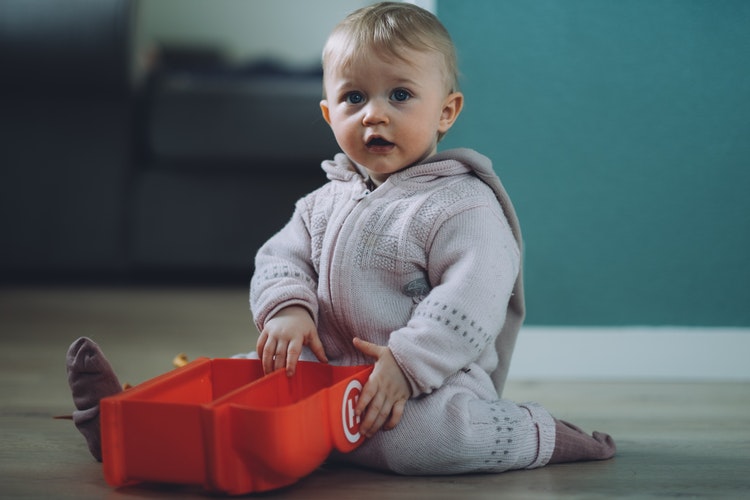
There are countless places where one can learn more about the Montessori theory from the internet to Early Childhood Education books. However, how does the theory translate into practice? What do Montessori classrooms look like?
At Aurora Early Education, we use the Montessori method as one of our guiding pedagogies to design our curriculum and practise. Every day, our educators get the pleasure of seeing the theories come to life as our young learners interact with the world around them. Take a look!
Child-Centered
Above all, the Montessori approach is child-centered and respects the abilities of the child. Each child has a unique personality and interests and should be allowed to discover knowledge by following their own natural inclinations.
Theory in Practice: Little Sarah* comes to Aurora three days a week. She has recently developed a deep interest in books and is always at the reading corner. As her educators allow her to select her own books, she choses books about families, naming each of the characters after her own family. Through this, she is actively enhancing her cognitive skills, as well as strengthening her connection to her family.
Connections To Nature
Montessori explained that children learn best when surrounded by natural equipment and when interacting with nature.
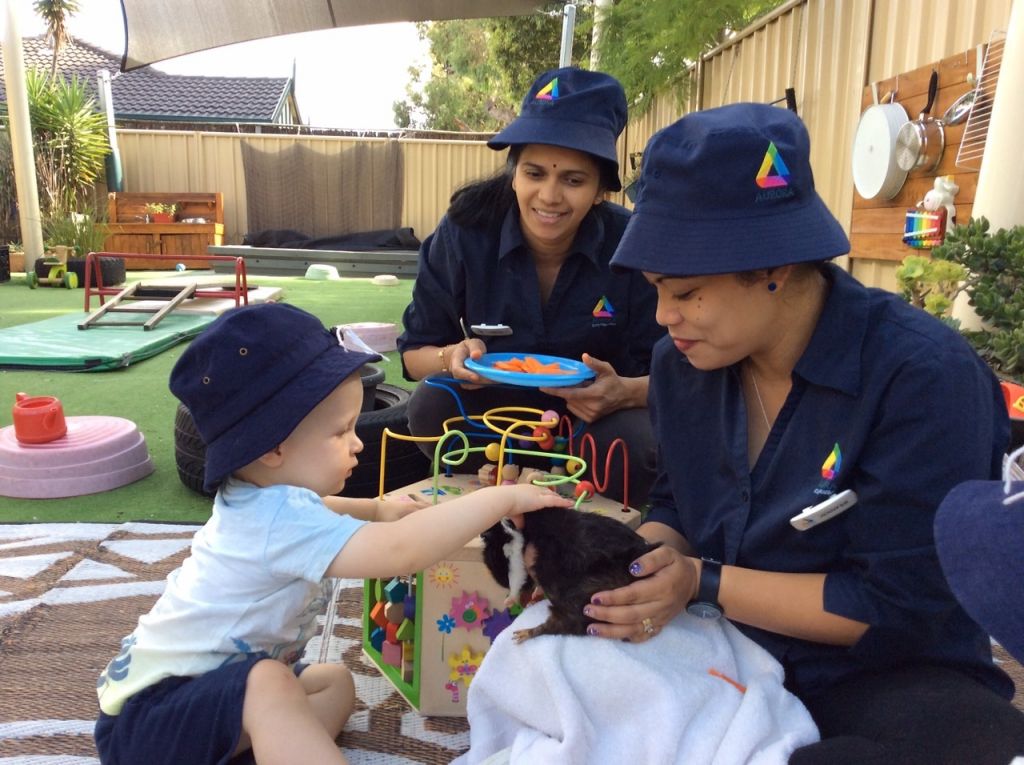
Theory in Practice: We have a large outdoor play area at Aurora where children can freely play, water the plants and watch our two guinea pigs, Mandy and Mindy. In fact, activities with the guinea pigs enhance the children’s learning. For instance, when Steven* from the Seamist Studio was introduced to Mandy, he immediately tried to give her a big kiss and then carefully stroked her and give her a carrot so that she wouldn’t feel hungry. All through the interaction, he had a huge smile on his face. By such close experiences with nature, young learners learn to connect with and care for the world around them and enhance their empathetic skills.
Hands On Play
Maria Montessori once said “the hands are instruments of man’s intelligence.” In her method, therefore, children are encouraged to touch and feel equipment to help them learn. When children touch objects they can more easily understand how it works which in turn helps cognitive development.
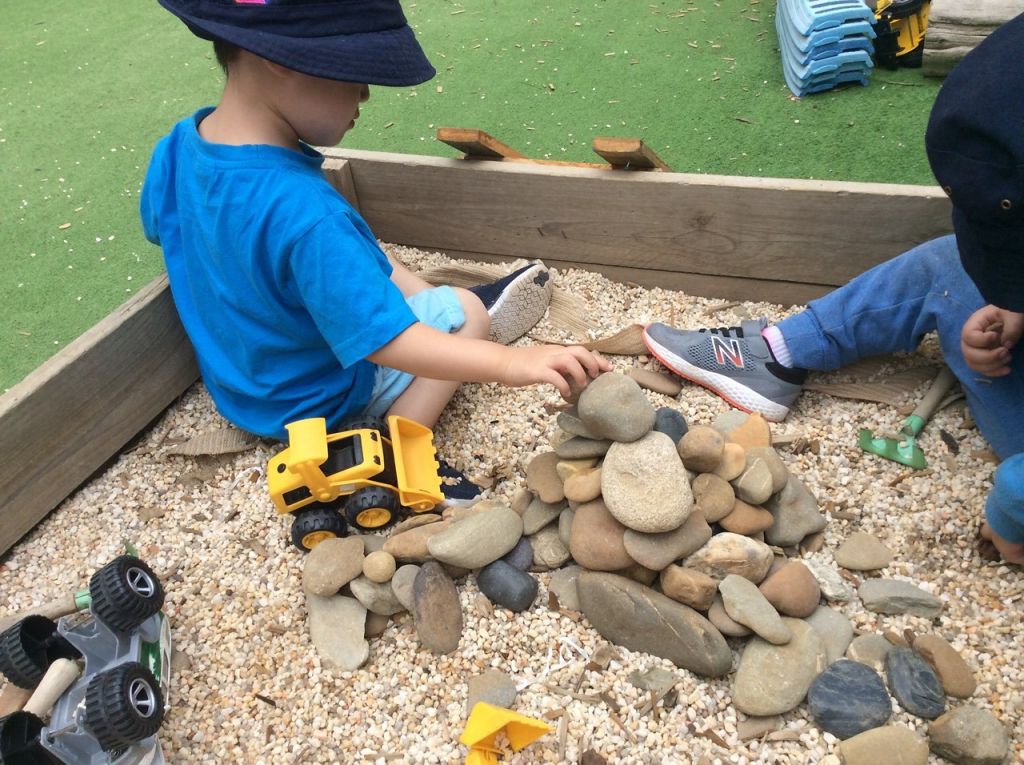
Theory in Practice: Children at Aurora are frequently given time to choose which activities they’d like to engage in. Little Peter* decided that trucks were very exciting when playing in the rock garden. Concentrating hard, he began filling the truck with rocks and picked up a pebble to show his educator saying “Big! Big!” and laughed gleefully. Through his own engagement with the rocks and trucks, where he felt the size and weight of the pebbles and the hollow inside the truck, he was able to begin to understand the concept of space, size and weight.
Multi-age Classrooms
Multi-age classrooms and settings are quickly gaining interest in the educational world, but Maria Montessori recognised the many benefits of them years ago. Multi-age classrooms benefit both younger and older learners, teaching the older ones empathy and leaderships and helping the younger ones receive more mature emotional support and role-modeling.

Theory in Practice: Our Multiage Under 3’s Seamist Studio is an amazing example of how children thrive with interactions between peers across studios. Watching gentleness from our toddler towards a one year old baby in the Seamist is such a special experience. Recently, the Willow Walk Kinder children spent some time with the Seamist children. While the younger Seamist children were eager to show off skills they had, the Willow Walk children were brimming with confidence – even the most reserved ones stepped out of their shells to play with and guide their younger peers!
A Child-Friendly Environment
Beautiful spaces are of prime importance in the Montessori method. Children should feel comfortable in their environment and all equipment should be easily accessible by them; they shouldn’t have to ask for adults’ help to access material.
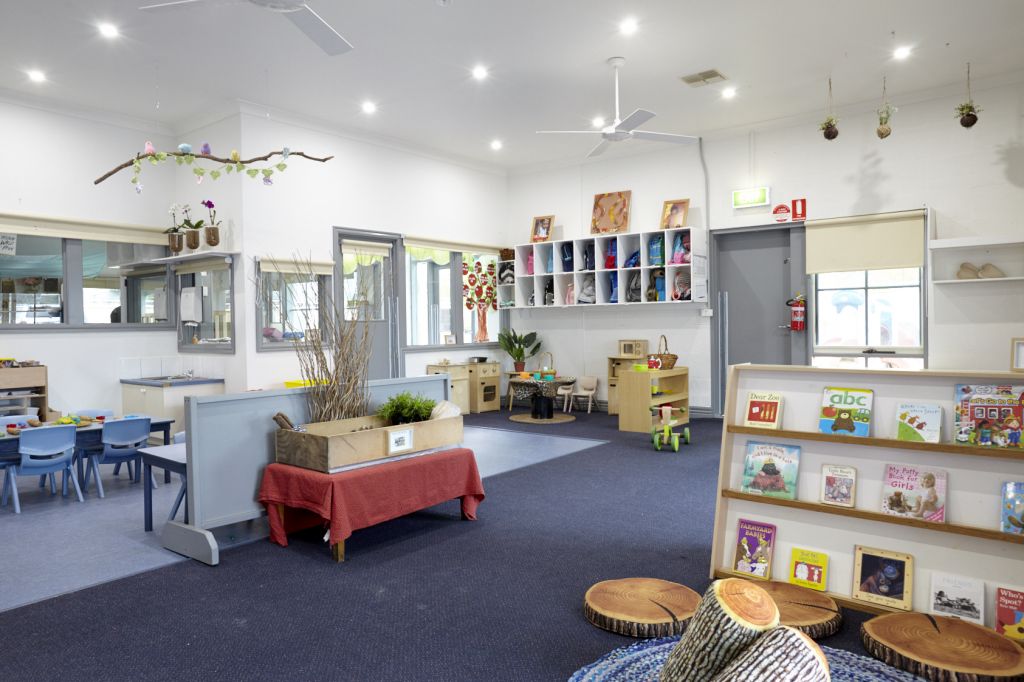
Theory in Practice: Our classrooms are bright, open spaces designed keeping in mind the children’s best interests. Pretend ‘cooking’ stations, toys, interest corners and books are all within our learners’ reach which encourages them to pursue their personal interests and strengthen their sense of autonomy. Extending this theory to incorporate the choice of the child, our CAB (Children’s Advisory Board) have been instrumental in choosing the color of the paint on the wall and of plants that we like to grow.
Have a trip to our centres:


